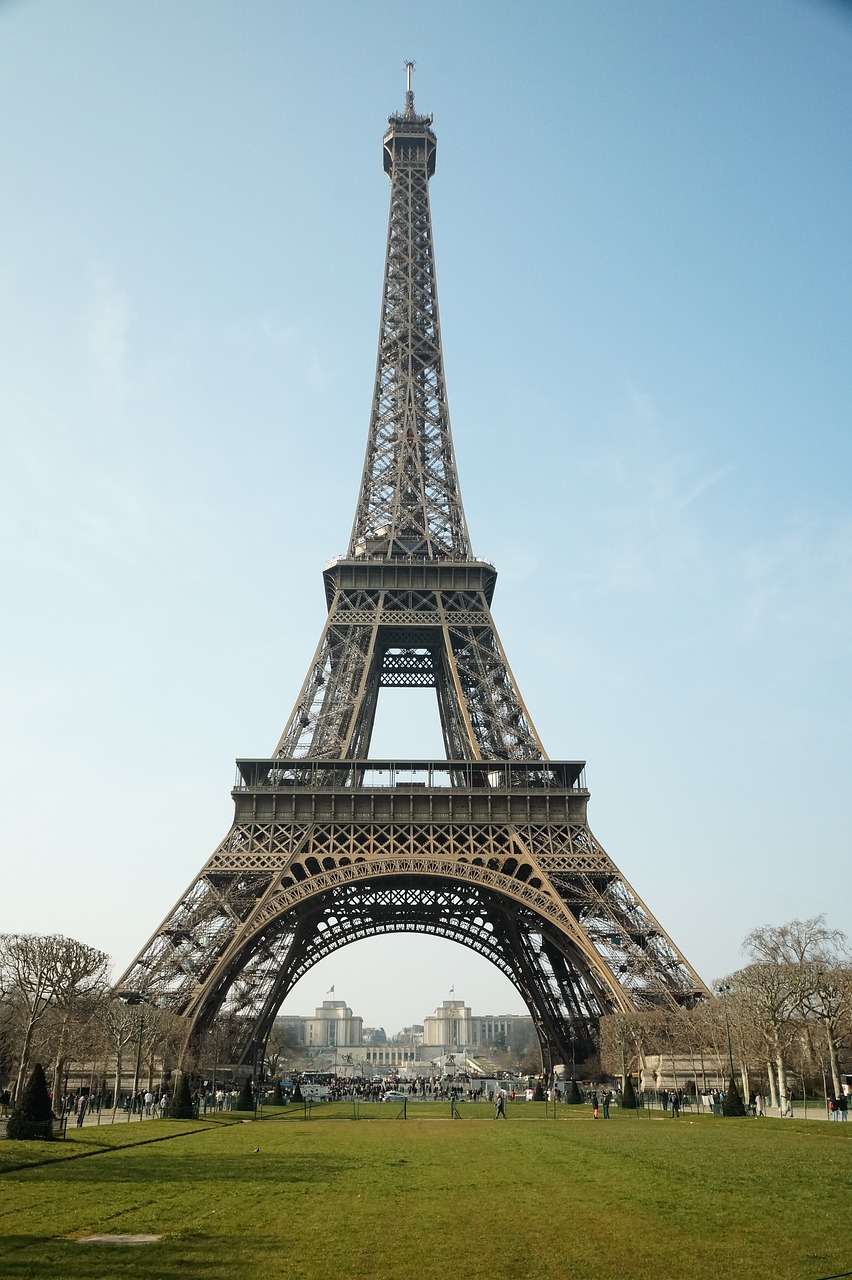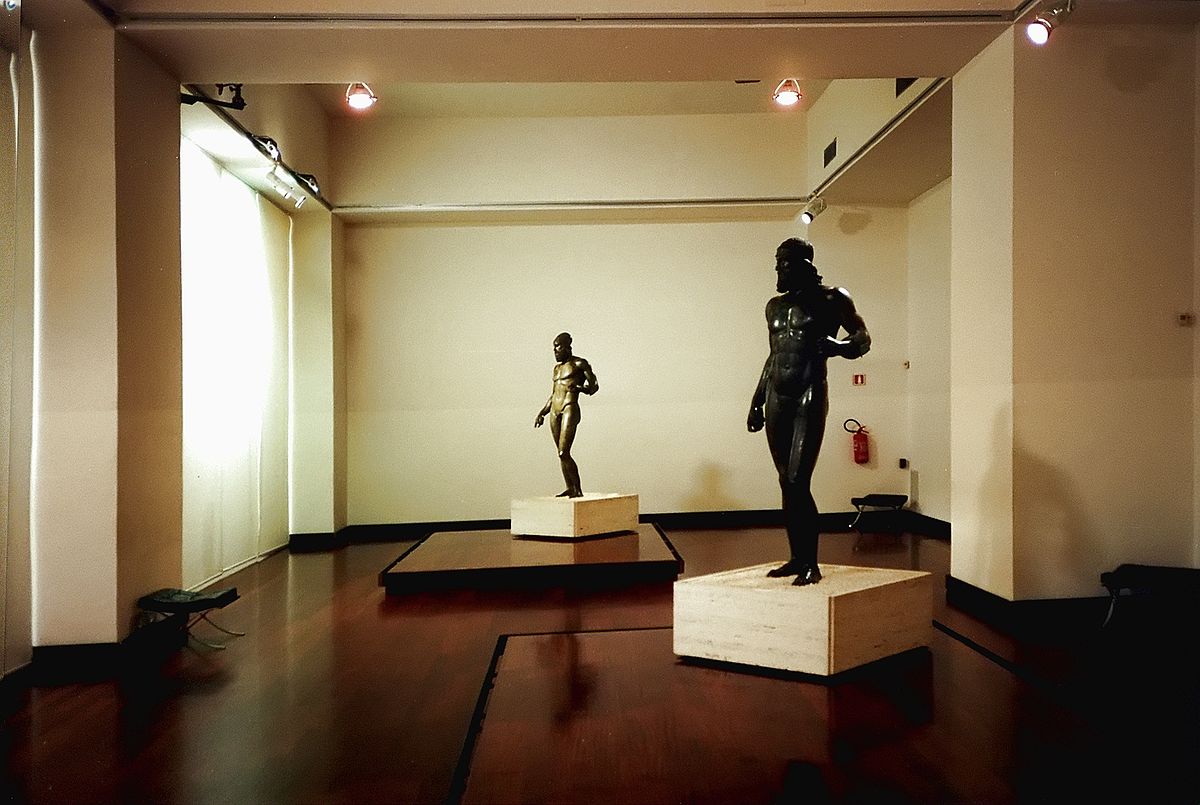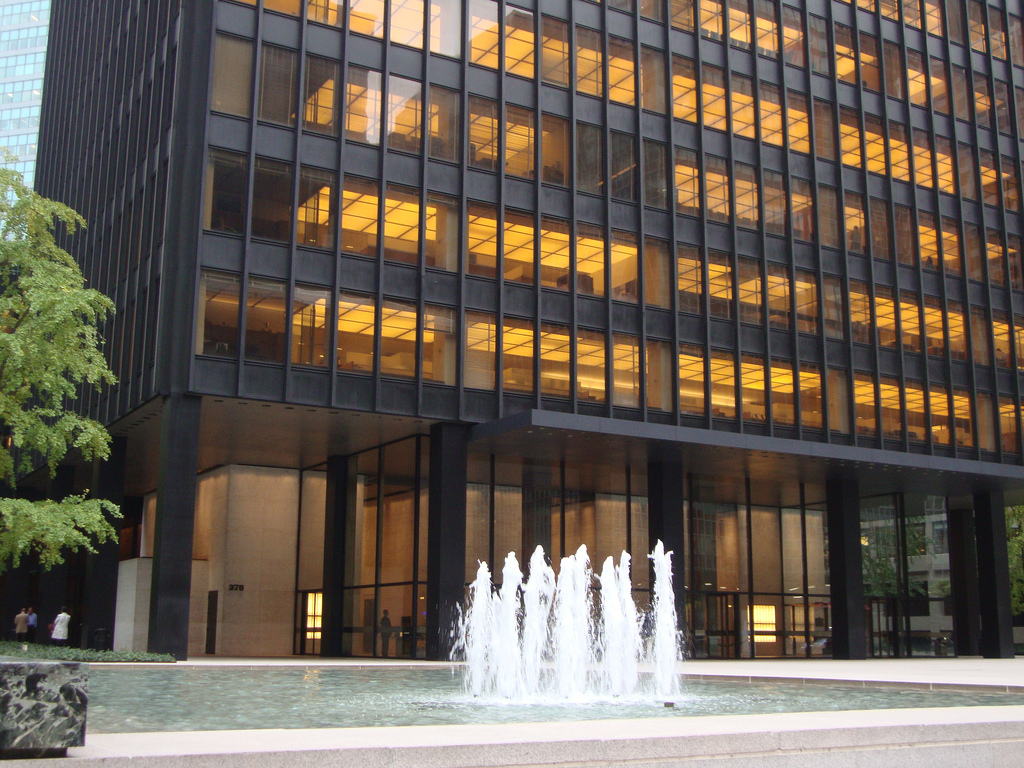I materiali dell'Architettura: I materiali metallici - Seconda Parte// Materials of Architecture: Metallic materials - Second Part [ITA - ENG]

CCO Creative Commons Torre Eiffel, Parigi

con il post scorso abbiamo, in qualche modo, fornito un quadro generale sui protagonisti dei viaggi, attraverso le tecniche e le architetture di tutti i tempi, che in questi articoli sono solito proporvi, con l’obiettivo comune di comprendere meglio le origini e le potenzialità dei materiai che hanno fatto o che continuano a fare la storia dell’architettura e dell’ingegneria.
Dopo aver trattato materiali come la pietra, il laterizio e il calcestruzzo, che abbiamo appreso essere appartenenti alla famiglia dei materiali ceramici, oggi si alza il sipario su un’altra importante famiglia di materiali…i metalli!
Che altro dire? Beh, che l’avventura abbia inizio! Buona lettura!

LE ORIGINI E GLI IMPIEGHI DEI MATERIALI METALLICI
La scoperta dei materiali metallici è antica di migliaia di anni. L’uomo si rese conto che esistevano delle particolari pietre capaci di fondersi a contatto col fuoco e di tornare solide una volta fredde. La proprietà di questi materiali era che, a contatto col calore, diventavano liquidi e quindi modellabili. L’importanza di queste scoperte fu di portata tale che ogni epoca di sviluppo venne ribattezzata col nome del metallo protagonista di quegli anni: tali epoche vengono infatti ricordate dalla storia come età del bronzo, età del ferro e così via.
L’applicazione dei materiali metallici nel mondo dell’edilizia trova riscontro praticamente da sempre. Una prima distinzione fra i diversi materiali appartenenti alla famiglia dei metalli è, appunto, la distinzione fra metalli non ferrosi e metalli ferrosi.
I primi, come il rame, il bronzo, l’ottone e il piombo, furono impiegati soprattutto nei tempi più antichi. Appartengono, invece, alla seconda categoria materiali come ferro, ghisa e acciaio che, salvo rare eccezioni, videro i primi impieghi soltanto a partire dal XVIII secolo. Con il metallo venivano prodotte soprattutto opere idrauliche, rivestimenti, coperture, decorazioni e, seppur in misura molto minore, talvolta anche elementi strutturali. Ma andiamo per gradi.
Il rame, che fu il più antico fra i metalli scoperti dall’uomo, veniva già lavorato dagli egizi intorno al 5000 a.C., e il suo principale impiego era nelle coperture degli edifici. Impiego che, per altro, oggi è ripreso da alcuni architetti moderni.
Va detto che, in linea generale, il rame veniva impiegato, in realtà, per diversi scopi, talvolta anche lontani dal mondo dell’architettura ed ingegneria: con questo metallo venivano, infatti, prodotti strumenti per la caccia e la pesca, pensiamo alle punte delle frecce o agli ami per la pesca, ma anche per recipienti, bracciali, collane e così via.
La successiva epoca viene ricordata come età del bronzo, una lega molto resistente che veniva ottenuta aggiungendo al rame un certo quantitativo di stagno. Anche in questo caso fra i primi a farne uso vi furono gli egizi ma ebbe certamente maggiore impiego in epoca greca, etrusca e romana, quest’ultima in particolar modo in età imperiale. Per fare un esempio, in origine la cupola del Pantheon era ricoperta con lamine di bronzo dorato.
Come per il rame, anche con questa lega, l’uomo ha saputo farne diversi usi non necessariamente legati all’architettura ed ingegneria. Per fare un esempio, con il bronzo sono stati forgiati, nel corso dei secoli, diversi importanti manufatti in svariate parti del mondo e, da buon calabrese, non posso non citare come riferimento i celebri Bronzi di Riace, risalenti a circa il V secolo a.C., ovvero il Guerriero e lo Stratega.
Nell’architettura moderna l’uso del bronzo è sempre più una rarità, tuttavia non mancano esempi di eccezioni degne di nota come i pilastri del Seagram Building, grattacielo ad opera del celebre Ludwing Mies van der Rohe, eretto nel 1958 a New York.
Nonostante bisogna aspettare, come abbiamo detto, tempi relativamente recenti perché vi sia una sua applicazione nel campo dell’edilizia, sono trascorsi circa 6000 anni da quando fece la sua comparsa nella storia un nuovo metallo che, insieme a ghisa e acciaio, è destinato a cambiare radicalmente il modo di fare architettura e ingegneria, ovvero il ferro. I materiali ferrosi impiegati in questi ambiti sono, infatti, largamente sfruttati per realizzare la vera e propria struttura di un edificio.
In conclusione abbiamo appreso come metalli non ferrosi e ferrosi si siano distinti, oltre che per la loro composizione, anche per la modalità d’impiego: se da una parte i materiali non ferrosi sono stati impiegati, e continuano ad esserlo, per soddisfare esigenze ornamentali ma anche impiantistiche (basti pensare al piombo usato dai Romani per le loro grandiose opere idrauliche), dall’altra i materiali ferrosi si sono invece affermati per soddisfare esigenze di natura prettamente strutturale.

Vedremo, nei prossimi articoli, amici lettori, come il continuo progresso del settore tecnico rispetto a quello artistico conferirà, poco a poco, indiscussa preminenza al ruolo dell’ingegnera nei confronti di quello dell’architettura. Vedremo inoltre come la ghisa lascerà il posto all’acciaio e come quest’ultimo cambierà, ancora una volta, la storia dell’architettura… ma per tutto questo, miei cari lettori, non resta che aspettare! Per questa sera, invece, abbiamo concluso.
Come sempre vi ringrazio per avermi letto e, come sempre, mi auguro abbiate gradito. Laddove ne abbiate piacere, vi rinnovo l’appuntamento al prossimo articolo. Vi abbraccio tutti!
L'Ego dice: "Quando ogni cosa andrà a posto troverò la pace".
Lo Spirito dice: "Trova la pace e ogni cosa andrà a posto".

CCO Creative Commons Bronzi di Riace

with the last post we have, in some way, provided a general overview on the protagonists of travel, through the techniques and architectures of all time, which in these articles are used to propose, with the common goal of better understanding the origins and the potentialities of the materials that have made or continue to make the history of architecture and engineering.
After having treated materials such as stone, bricks and concrete, which we have learned to belong to the family of ceramic materials, today the curtain rises on another important family of materials... the metals!
What else to say? Well, let the adventure begin! Enjoy the reading!

THE ORIGINS AND THE APPLICATIONS OF METALLIC MATERIALS
The discovery of metallic materials is thousands of years old. The man realized that there were some particular stones capable of melting in contact with the fire and returning solid once cold. The property of these materials was that, in contact with heat, they became liquids and therefore moldable. The importance of these discoveries was of such magnitude that each epoch of development was renamed with the name of the metal protagonist of those years: such epochs are in fact remembered by history as bronze age, iron age and so on.
The application of metallic materials in the building world has always been reflected. A first distinction between the different materials belonging to the metal family is, precisely, the distinction between non-ferrous metals and ferrous metals. The first ones, such as the copper, the bronze, the brass and the lead, were used above all in the most ancient times. On the other hand belong to the second category materials such as iron, cast iron and steel which, with rare exceptions, saw the first uses only starting from the 18th century. With the metal were mainly produced hydraulic works, coatings, coverings, decorations and, albeit to a much lesser extent, sometimes even structural elements. But let's go step by step.
The copper, which was the oldest of the metals discovered by man, was already worked by the Egyptians around 5000 BC, and its main use was in building coverings. What is more, today, is taken up by some modern architects.
It must be said that, in general, copper was used, in reality, for different purposes, sometimes even far from the world of architecture and engineering: with this metal were in fact produced tools for hunting and fishing, we think of the tips arrows or hooks for fishing, but also for vessels, bracelets, necklaces and so on.
The subsequent epoch is remembered as the Bronze Age, a very resistant alloy which was obtained by adding to the copper a certain quantity of tin. Even in this case among the first to use them there were the Egyptians but certainly had greater use in Greek, Etruscan and Roman times, the latter especially in the Imperial age. To give an example, originally the dome of the Pantheon was covered with gilded bronze sheets.
As for copper, even with this alloy, man has been able to make different uses not necessarily related to architecture and engineering. For example, with the bronze have been forged, over the centuries, several important artifacts in various parts of the world and, as a good Calabrian, I can not mention as a reference the famous Riace's bronzes, dating back about the fifth century BC, or the Warrior and the Strategist.
In modern architecture the use of bronze is increasingly a rarity, but there are examples of notable exceptions such as the pillars of the Seagram Building, skyscraper by the famous Ludwing Mies van der Rohe , erected in 1958 in New York.
Although we have to wait, as we have said, relatively recent times for its application in the field of building, about 6000 years have passed since it appeared in history a new metal that, together with cast iron and steel, is destined to radically change the way of doing architecture and engineering, or iron. The ferrous materials used in these areas are, in fact, widely exploited to realize the real structure of a building.
In conclusion we have learned how non-ferrous and ferrous metals have distinguished themselves, not only for their composition, but also for their use: if on the one hand non-ferrous materials have been used, and continue to be used, to satisfy ornamental needs but also plant engineering (just think of the lead used by the Romans for their great hydraulic works), on the other hand, ferrous materials have instead established themselves to satisfy purely structural needs.

We will see, in the next articles, how the continuous progress of the technical sector with respect to the artistic one will confer, little by little, undisputed pre-eminence to the role of the engineer in relation to that of architecture. We will also see how the cast iron will give way to steel and how the latter will change, once again, the history of architecture ... but for all this, my dear readers, all that remains is to wait! For this evening, however, we have concluded.
As always, I thank you for reading and, as always, I wish you enjoyed. Where you have pleasure, I renew the appointment to the next article. I embrace you all!
The ego says: "When everything goes right I will find peace"
The Spirit says: "Find peace and everything will fall into place"

CCO Creative Commons Seagram Building, Ludwing Mies van der Rohe
Le mie fonti...
-Appunti delle lezioni e dei seminari universitari
-Edward Allen , I fondamenti del costruire: i materiali, le tecniche, i metodi, McGraw-Hill
-Bernardo Marchese, Tecnologia dei materiali e chimica applicata, Liguori Editore
-La collana di libri di G.K.Koening-F.Brunetti, Corso di Tecnologia delle Costruzioni , Le Monnier
Veramente bella questa rubrica! La seguo con interesse!
Ti ringrazio!
Condivido l'entusiasmo e l'interesse di @mondodidave73, questa rubrica è ben curata, completa, interessante e ogni volta si fa attendere con curiosità! Mi sono appassionata alla storia della pietra, dei laterizi, del calcestruzzo, oggi c'è una nuova storia all'orizzonte che si prospetta ugualmente interessante!
Grazie mille, faccio del mio meglio perchè venga fuori qualcosa di completo e semplice e sono contento e onorato che il mio lavoro piace!